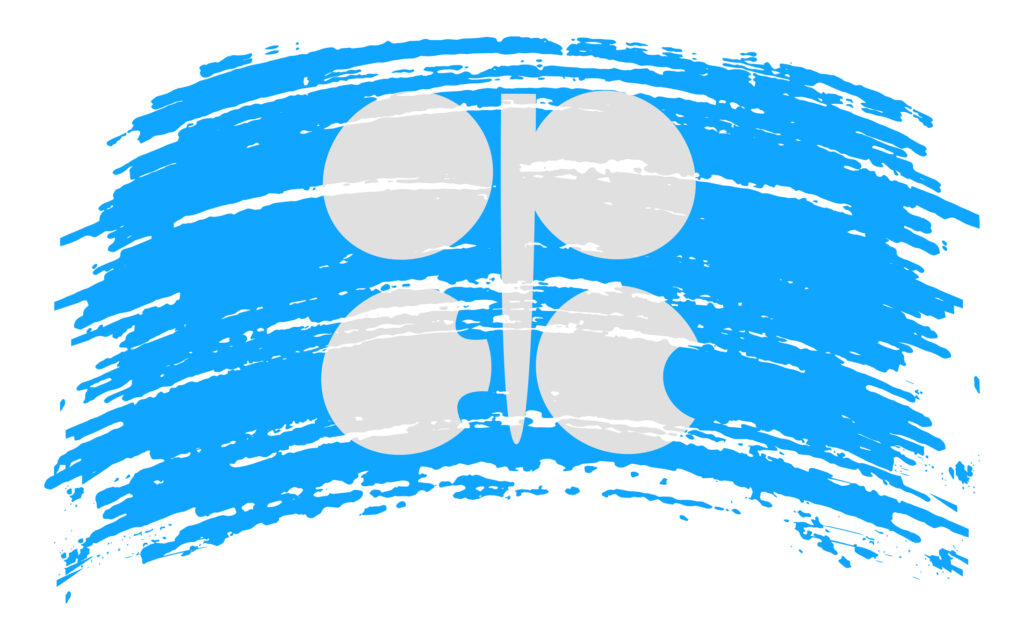(World Oil) – The world’s biggest oil companies are expected to press ahead with plans to accelerate production growth when they report earnings this week, despite weak crude prices and higher supplies from OPEC and its allies.

Exxon Mobil Corp., Chevron Corp., Shell Plc, bp Plc and TotalEnergies SE will likely grow output 3.9% this year and 4.7% in 2026, according to analysts’ estimates compiled by Bloomberg. The increases — which include new projects as well as acquisitions — appear designed to capitalize on an expected oil-price upturn in the latter half of next year.
But they could add to the supply glut in the short term.
“They’re taking the long view that oil demand is going to be a lot more resilient post-2030,” Noah Barrett, a research analyst at Janus Henderson, which manages about $457 billion. “If they’re not making the investments today, then their portfolios will be really disadvantaged when prices move higher.”
After years of outsized profits as oil demand roared back following the pandemic, the world’s largest energy companies are feeling the pinch of crude prices that have dropped about 14% this year near to a four-year low. In response, they’re cutting jobs, reducing low-carbon investments and trimming share buybacks to channel funds toward the most valuable part of their business: oil and gas production.
“All the supply coming to the market is shrinking OPEC’s spare capacity — so there’s a light at end of the tunnel,” said Betty Jiang, an analyst at Barclays Plc. “Whether that’s second half of 2026 or 2027, the balance is going to tighten. It’s just a matter of when.”
Recent U.S. sanctions on key Russian giants Rosneft PJSC and Lukoil PJSC provided respite from oil’s fall this year, with Brent crude rising 7.5% last week to more than $65 a barrel. But the oil market is oversupplied heading into 2026 and the Organization of the Petroleum Exporting Countries and its allies remain focused on adding more supply.
It may seem counterintuitive for the supermajors to add barrels to such a market, but executives have an eye on the future, when crude may not be so plentiful. Oil demand is still growing, albeit slowly, while U.S. shale and supply from new fields in Guyana and Brazil are likely to decelerate in the latter half of the decade.
The growth is coming from three main sources. The first is investments made within the past few years that are now bearing fruit, like Chevron’s Ballymore project in the U.S. Gulf. The second source is new projects, such as Exxon’s Uaru development in Guyana. And the third is acquisitions, which add to companies’ individual production without adding barrels to global supply. The biggest examples are Exxon buying Pioneer Natural Resources Co. and Chevron buying Hess Corp.
The U.S. majors are advancing on all three of those fronts while Shell and bp are focusing on the first two for now. That’s because their lower value stock makes deals more difficult to pull off. The trend stands in stark contrast to the downturn in oil prices during the pandemic, when companies cut capital spending and slowed majors projects because oil demand fell fast and they were unsure when it would return.

